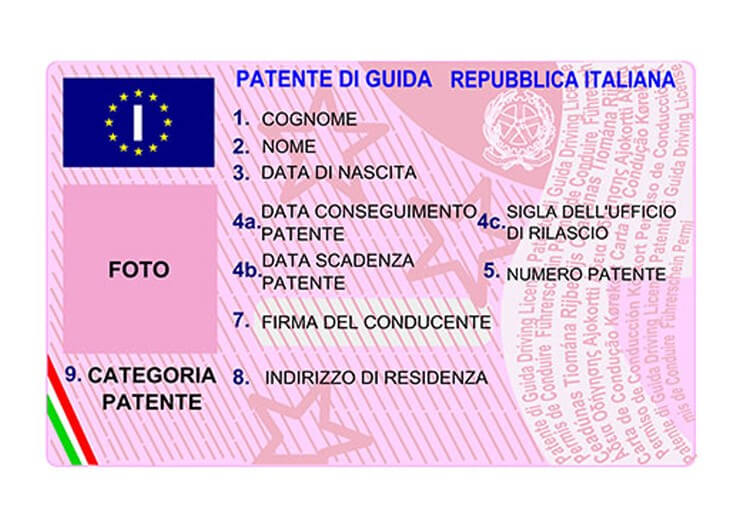German Driving License
The German Driving License, commonly known as “Führerschein,” is a highly esteemed document that grants individuals the legal right to drive motor vehicles in Germany. Administered by the German government, this license symbolizes not only the ability to operate vehicles but also the freedom, independence, and responsibility that come with being a competent driver. In this comprehensive guide, we will explore the various categories of the German Driving License, the application process, and the privileges it bestows upon its holders.
Types of German Driving Licenses
- Class B (PKW License): The Class B license is the most common type of German Driving License, allowing holders to drive cars and vans weighing up to 3,500 kg. This license is the standard for private car driving.
- Class A (Motorcycle License): The Class A license permits holders to ride motorcycles with or without a sidecar. Different subcategories (A1, A2, and A) exist depending on the motorcycle’s power output and the rider’s age.
- Class C (Truck License): The Class C license is for driving vehicles with a total weight exceeding 3,500 kg, primarily used for trucks.
- Class D (Bus License): The Class D license allows holders to drive buses with a seating capacity of more than eight passengers.
Application Process for a German Driving License
The application process for a German Driving License involves the following steps:
- First Aid Course and Vision Test: Before applying, applicants must complete a first aid course and undergo a vision test to ensure they meet the minimum eyesight requirements.
- Theory Training: Aspiring drivers must attend theory classes and pass the theoretical examination, covering road rules, traffic signs, and safety regulations.
- Practical Training: Applicants then receive practical driving lessons from a certified driving instructor to prepare for the driving test.
- Theoretical and Practical Tests: Once adequately prepared, candidates take the theoretical and practical tests, evaluating their knowledge and driving skills.
- Issuance of the License: Upon successful completion of the tests, the German Driving License is issued to the candidate, allowing them to drive independently.
Driving in Germany with Foreign Licenses
Citizens of certain countries can use their existing foreign driving license in Germany for a limited period. Non-EU/EEA driving license holders may need to convert their license to a German one after residing in Germany for a specific duration.
Privileges and Responsibilities of a German Driving License Holder
Holding a German Driving License comes with several privileges and responsibilities:
- Driving Privileges: The German Driving License grants holders the freedom to drive within the license’s specified vehicle categories, providing mobility and convenience.
- Autonomous Travel: License holders can explore Germany independently, travel to various destinations, and experience the country’s diverse landscapes.
- Road Safety Obligations: Drivers must adhere to all traffic laws, follow speed limits, and prioritize safety for themselves and other road users.
- Responsibility for Vehicles: License holders are responsible for maintaining their vehicles in roadworthy conditions and obtaining the necessary insurance coverage.
- Legal Compliance: Drivers must carry their driving license and relevant vehicle documents while driving to comply with legal requirements.
Conclusion
The German Driving License is more than just a piece of documentation; it is a representation of freedom and responsibility on the roads. By going through the application process, successfully completing the required tests, and fulfilling their responsibilities as drivers, individuals can proudly hold a German Driving License, empowering them to embrace a mobile and autonomous lifestyle in Germany. As drivers, they play an essential role in road safety, ensuring a smooth and secure driving experience for themselves and fellow road users. The German Driving License is not just a license to drive; it is a testament to the individual’s competence and adherence to road safety standards.








